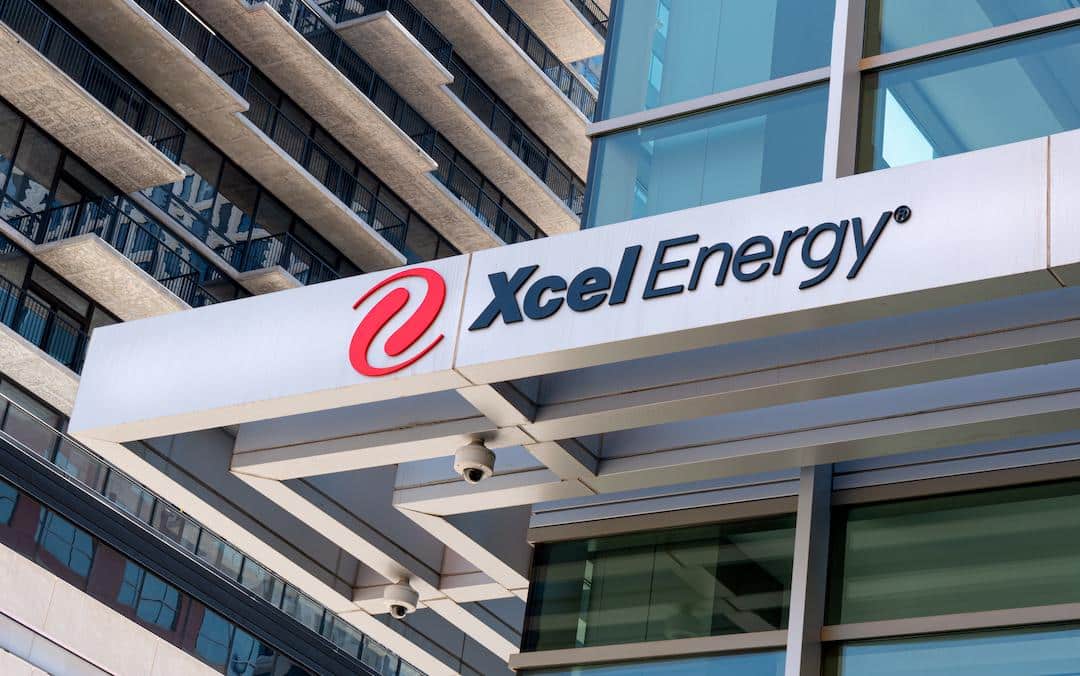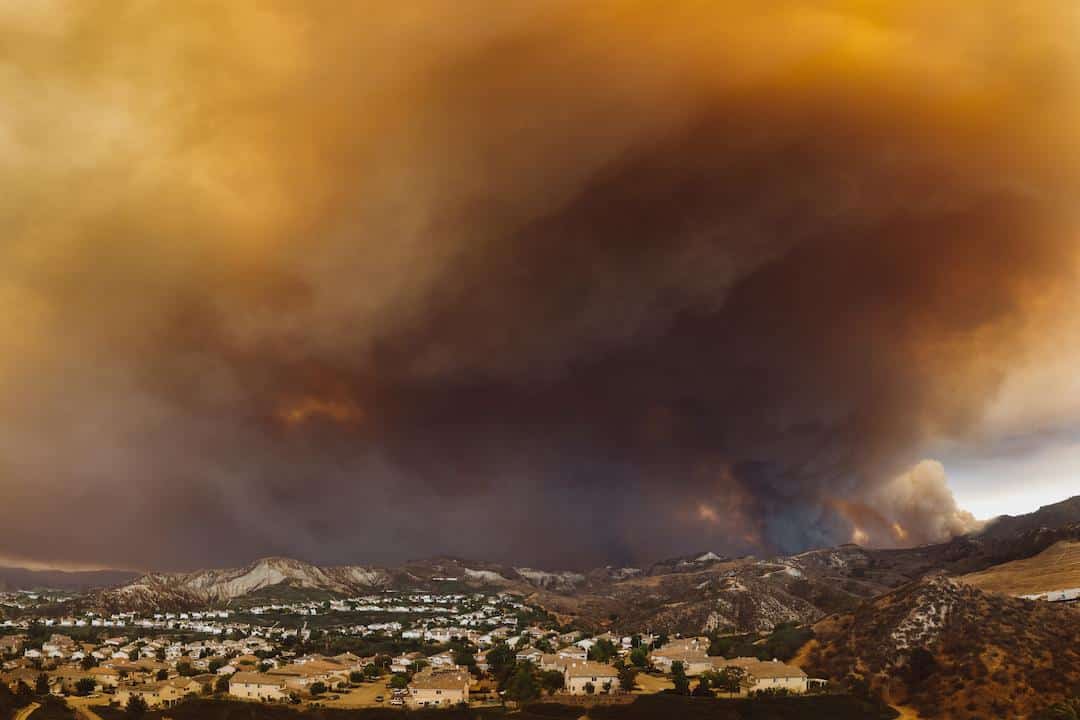According to the National Park Service, humans cause about 85 percent of all wildfires yearly in the United States. Also, the Annual 2022 Wildfires Report from the National Centers for Environmental Information announced that over 7.5 million acres of wildland were consumed by fire that year. However, wildfires can also be caused by other things, like unusually long bolts of hot lightning. Wildfires have increasingly become a major concern, particularly in regions prone to dry conditions and high winds. In response to these escalating threats, XCEL Energy has announced a new wildfire mitigation plan, investing a significant $1.9 billion in measures that prominently include undergrounding technology. This approach, supported by advanced utility mapping services like those provided by SiteMap® (patent pending), powered by GPRS, represents a much needed advancement in protecting both infrastructure and communities.
What is this $1.9 billion dollar plan? How does technology like GPR help with undergrounding efforts? How are plans like this helping to change our infrastructure across the nation?

XCEL Energy’s $1.9 Billion Wildfire Mitigation Plan
XCEL Energy is a leading utility provider, one who has recognized the urgent need to adapt and enhance its infrastructure to help reduce wildfire risks. The updated wildfire mitigation plan involves revolutionary investments in undergrounding power lines, which significantly reduces the risk of wildfires sparked by downed or damaged electrical equipment, and helps to protect utility lines during wildfires when they do occur. This strategic move is a response to the devastating wildfires that have plagued various regions, particularly in the Western United States, Texas, and Alaska.
According to the National Interagency Fire Center, Texas actually leads the country with the most wildfires, with Alaska leading the county with the most acres burned. California, however, often is host to the largest, most destructive, and deadliest wildfires.
XCEL’s plan focuses on relocating power lines; moving them underground in high-risk areas. This move minimizes the chances of electrical faults leading to fires and enhances the reliability and resilience of the power grid. Undergrounding is a wise, and proactive measure that can reduce the likelihood of fires, while also preserving utilities during them, among other natural disasters, such as storms, floods, hurricanes, and tornadoes.
There are many key points of the XCEL plan, including:
- Public Safety Power Shutoff (PSPS) Program: This program will de-energize parts of the transmission and distribution systems to prevent wildfire ignitions. XCEL Energy is taking it a step further by planning to offer energy support rebates for income-qualified and medically vulnerable residents.
- Enhanced Powerline Safety Settings (EPSS) Program: This program uses sectionalized protective devices to operate the system more conservatively under increased wildfire risk conditions.
- Expanded Situational Awareness: XCEL Energy is increasing expertise and adding new weather stations in high-risk areas, along with the use of AI cameras.
The plan also includes system resiliency upgrades, and a new system/process for regular inspections.
The Role of Undergrounding in Wildfire Mitigation
Undergrounding power lines involves burying electrical infrastructure beneath the ground, shielding it from environmental factors such as wind, lightning, and falling trees. Some California neighborhoods built after 1950 have underground power lines, which makes them nearly immune to many different adverse conditions.
Undergrounding offers several benefits:
Fire Prevention: By placing power lines underground, the risk of fires caused by electrical sparks is drastically reduced. This is particularly crucial in areas with dense vegetation and dry conditions.
Increased Reliability: Underground power lines are less susceptible to weather-related disruptions. In fact, they become almost immune to many conditions, except for excess moisture from flooding. This leads to fewer power outages and a more stable electricity supply, which is vital during emergencies.
Aesthetic and Environmental Benefits: Removing overhead lines can improve the visual appeal of landscapes and reduce the need for tree trimming and maintenance. Have you ever been somewhere without power lines?
Long-Term Cost Efficiency: Although the initial investment is significant, undergrounding can be more cost-effective over time due to reduced maintenance and repair costs. According to the California Public Utilities Commission, the initial costs for undergrounding can range anywhere from $350 per foot to $1,150 per foot, or $1.85 million to $6.072 million per mile. Depending on the damage, these utilities can also sometimes be more costly to repair. However, they are more hardy, and withstand more than traditional power lines, meaning that it’s less likely repairs will need to be completed very often to begin with.
Underground utilities has so many benefits, in fact, that The U.S. Department of Energy (DOE) has announced a plan to invest $34 million for 12 projects across 11 states. These funds will go to strengthen and modernize America’s aging power grid through the development undergrounding technologies.
SiteMap® and GPRS: Leading Utility Mapping Services
To successfully implement undergrounding projects, accurate and comprehensive utility mapping is essential. This is where advanced utility locating services like GPRS come into play. Companies like ours, in hand with platforms like our platform, SiteMap®, provide the technology and expertise necessary to create detailed maps of existing underground utilities, ensuring safe and efficient project execution. Moreso, GPRS does it at the same trusted 99.8% accuracy level that our clients rely on.
SiteMap®
SiteMap® specializes in providing high-resolution mapping solutions that capture the precise location of underground utilities. Their services include:
Data Integration: SiteMap® integrates utility data into comprehensive, layered utility maps, allowing for easy access and analysis by project managers and engineers.
Interactive Maps: The company offers interactive underground utility maps of your area, enabling stakeholders to visualize and plan projects with greater accuracy.
SiteMap® offers plenty of features:
- Secure cloud-based storage
- Upload and store as-built drawings and site records
- Ability to import existing infrastructure data
- Attach videos, photos, GPR data, and other documents
- Access to GPRS data
GPRS (Ground Penetrating Radar Systems)
GPRS is an industry leader in utility locating and subsurface discovery services, offering a range of solutions to support undergrounding projects:
Subsurface Scanning: GPRS uses GPR technology to locate and map underground utilities, ensuring that construction activities do not inadvertently damage existing infrastructure. GPRS also has the technology and training to offer other advanced services such as 3D Laser Scanning, Video Pipe Inspection, Leak Detection, Drone Imagery, and more.
Utility Mapping: Our Mapping & Modeling Team can create anything from a simple GPS-enabled locating map of your utility locate, to highly-detailed 2D CAD drawings and 3D BIM models, depending on your needs.
Safety and Compliance: GPRS helps ensure that projects comply with safety regulations and avoid costly utility strikes.
Is Utility Mapping Worth It?
The question, “Is utility mapping worth it?” is crucial for any entity involved in underground construction. The answer is a resounding yes. Accurate utility mapping is vital for several reasons:
Safety: Preventing accidents and damage to existing utilities protects workers and the public.
Cost Savings: Avoiding unexpected utility strikes reduces costly repairs and project delays.
Efficiency: Detailed maps allow for more precise planning and execution, streamlining project timelines.
Regulatory Compliance: Ensuring that projects adhere to safety and environmental regulations.
Broader Impact of Undergrounding Technology
While XCEL Energy’s wildfire mitigation plan is a significant step forward, the benefits of undergrounding technology and also advanced utility mapping go well beyond wildfire prevention.
These technologies are transforming industries worldwide, including:
Telecommunications
Enhanced Connectivity: Underground fiber optic cables provide more reliable internet and communication services, crucial for both urban and rural areas.
Reduced Interference: Underground cables are less prone to interference, ensuring better signal quality and fewer outages.
Reduced Tampering: While not excessively common everywhere, some metropolitan areas may find tampering to be a problem with certain utility lines. When underground, the lines become resistant to human interference, as well as animals, and nature.
Water and Sewer Systems
Leak Detection: Advanced mapping helps identify leaks and weaknesses in underground pipes, facilitating timely repairs and reducing water loss. New undergrounding systems make it easier for utility locates to manage and inspect pipes for leaks, stopping them from becoming serious issues.
Infrastructure Upgrades: Accurate maps support the planning and execution of upgrades to aging water and sewer systems.
Transportation
Road and Rail Safety: Mapping underground utilities is essential for the construction and maintenance of roads and railways, preventing damage and ensuring safety.
Smart Infrastructure: Integrating utility data with transportation systems supports the development of smart cities, enhancing traffic management and public services.
XCEL Energy’s $1.9 billion wildfire mitigation plan, centered on undergrounding power lines, represents a forward-thinking, and revolutionary approach to addressing the increasing threat of wildfires, as well as other threats to our infrastructure system. XCEL Energy is not only enhancing the safety and reliability of its power grid but also setting a precedent for other utility providers.
Undergrounding requires utility mapping services, such as those provided by SiteMap® and GPRS. GPRS can provide the precise, comprehensive maps needed to execute undergrounding projects safely and efficiently. Looking beyond wildfire prevention, undergrounding technology, which is made possible by advanced utility mapping, is driving progress across multiple industries, from telecommunications to transportation. Go underground, it’s the cool thing to do.
Contact GPRS to learn more about our services, and how they can best serve your project, whether below or above ground.

